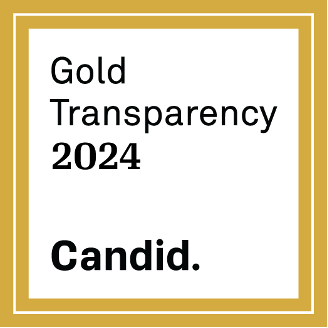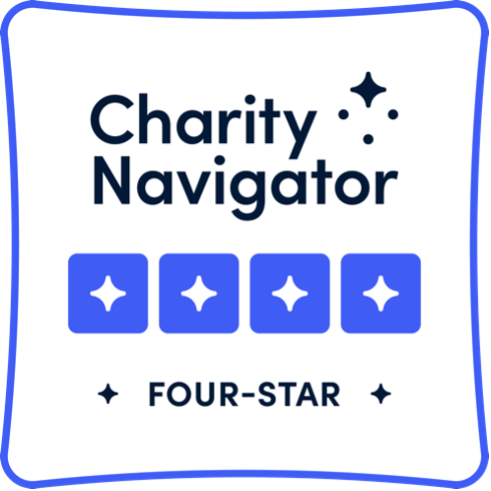Investment FAQ
Grant Process
The grant process has five phases that take place during each grant cycle. Information will be provided before an open grant cycle.
These FAQs are meant to inform stakeholders and community partners of the investment process, the rationale behind the process, and how the process better supports the Child Well-Being Agenda.
A more intuitive, web-based software makes grant submission and approval easier and transparent, deadlines clearer, data accessible and impact visible for both United Way and applying agencies. Through a stronger focus on programs, place-based work, and collaboratives, our investments can have the greatest impact in our communities. Grants are made in the Investment Priority areas (Strong Learners, College and Career Ready, Economic Stability, Brighter Future). In addition to program-based grants, we make general operating grants to provide grantees more flexibility to provide services.
In the Fall of 2019, United Way embarked on a Redesign Process for grantmaking. The process was facilitated through interviews with key foundation leaders and other United Ways that have made a significant shift in their grantmaking priorities to focus more on place. A Redesign Investment Taskforce was also formed and comprised of executive leaders from national, local foundations, and United Way leadership volunteers. In addition to recommendations on grantmaking strategies to achieve our goal, we received input on a new grants management system.
During our research of best practices in grantmaking, we learned many United Ways have moved to a process with an increase in staff participation in the process. Our staff will conduct the due diligence and vetting with our Community Engagement Committee making the final decisions. This is a move away from the general volunteer-led/staff-managed process of past years.
Grants are be more focused on “place” – specifically, areas of low and very low child well-being. Investments are also made to increase the capacity of partner agencies to operate more effectively in those areas, which are often more challenging areas to work. We are intentional in the programs and resources that we invest in throughout Greater Atlanta’s 13-county region.
Because advisory boards are as unique as the county they represent, it is important to create a model that has a degree of flexibility within the grantmaking process. Building awareness and engagement in low & very low child well-being communities will be an integral part in the enhanced model. Regional Directors work with their respective Advisory Boards to ensure the local child well-being priorities set are directly aligned to one of the Investment Priority areas (Strong Learners, College Career Ready, Economic Stability, Brighter Future). Providing these approaches with parameters empowers the local advisory board to select the approach that best serves their county.
SPARK Prize – This approach involves a “shark-tank”-style competition where local agencies, groups and individuals compete for local grant dollars. Advisory Board will identify help identify agencies for competition and community members to serve as SPARK Prize judges. Local staff provide direction, selection criteria and overview.
Strategic Partnerships – This approach increases United Way’s visibility in the community as more than a fundraiser/grant-maker. Through targeted partnerships, we demonstrate our thought leadership, convening/collaborating and engagement with a diverse group of stakeholders. An example of such a partnership could be joint grantmaking with another funder to address a community issue that is clearly aligned to one of the Investment Priority areas. The implementation of this approach is staff-driven; Regional Directors determine when this approach is appropriate. In addition to potential media coverage, such partnerships support the development of stories – demonstrating impact that goes beyond direct service.
The Child Well-Being Mission Fund grants are annual and multi-year.




